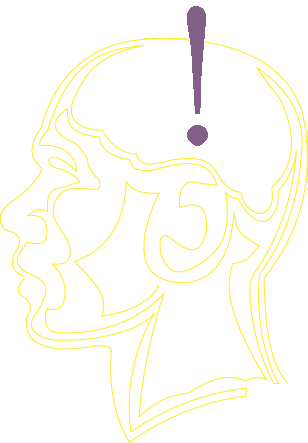

2010 2011 2012 2013 2014 2015 2016 2017 2018 2019 2020
Author(s): Miranda Tang , Frank GigraySophia Nosworthy
Presentation: poster
The general trend of European orchestral compositions, more colloquially known as "classical music", has evolved over the years from strict harmonies and simple tunes to more abstract forms, usually indicated by a higher use of dissonance and a subsequently higher occurrence of accidentals (notes found within a piece of music that are not found within the normal key signature or tone). From a comparison of the numbers of accidentals within 76 different compositions (the dependent variable) and the respective composers' birth years and nationalities, as well as the written length of the composition in measures (the independent variables), there was very little correlation between the nationalities and the accidentals. However, a first-order linear model with no interaction yielded statistically significant relationships between the number of accidentals and the birth years and lengths (F=37.4 on 2 and 73 df, p<0.05). Though the practical usefulness of the calculated model is questionable, it provides an approximate baseline for future analyses of composers and displays a definite increase in accidental usage over time and length. Future studies would consider percentages of accidentals per piece instead of raw values, as well as incorporate more compositions per composer and a better system of identifying nationalities.
The College of Idaho 2112 Cleveland Blvd Caldwell, ID 8360 USA 208-459-5011 800-2C-IDAHO